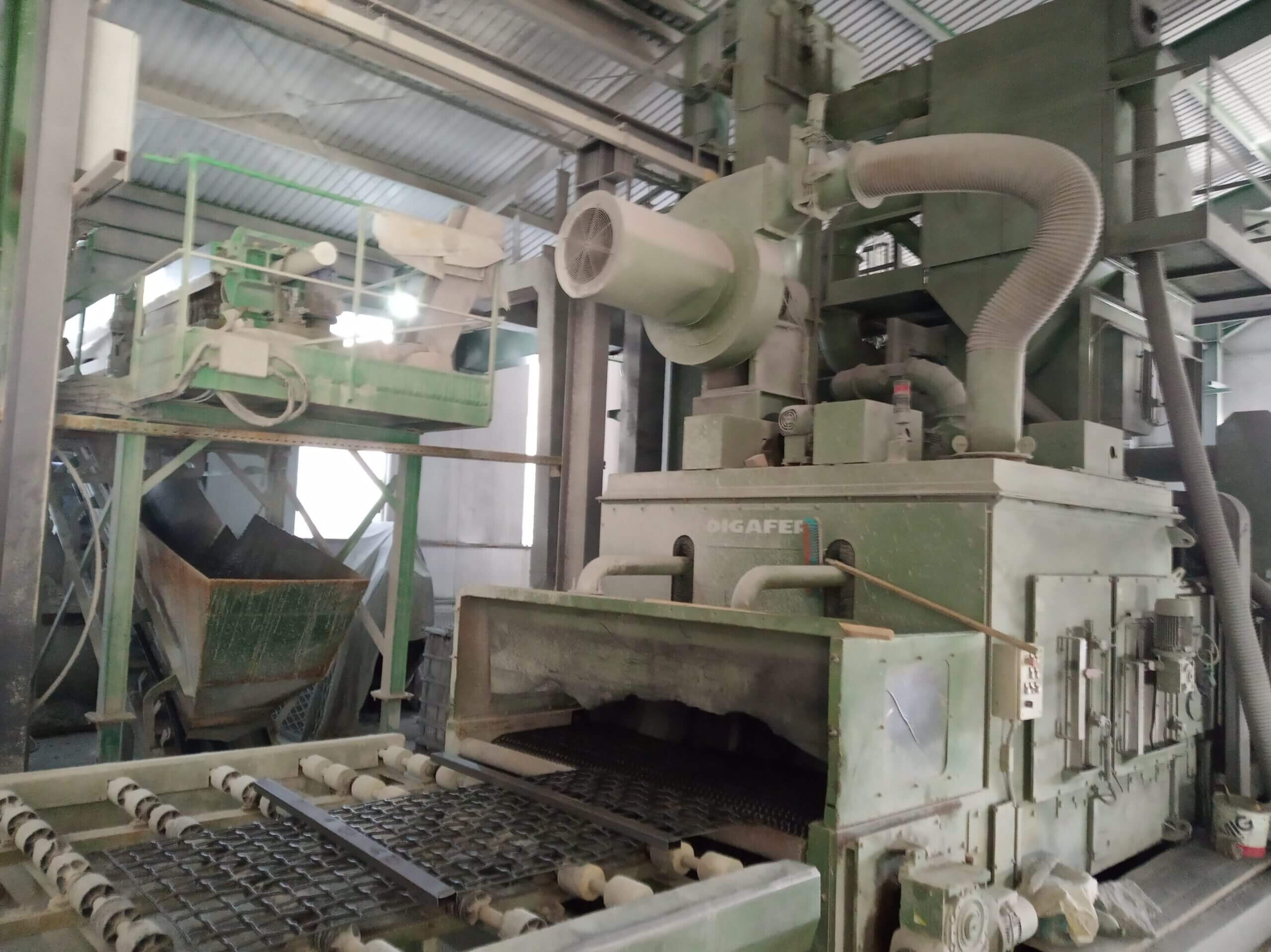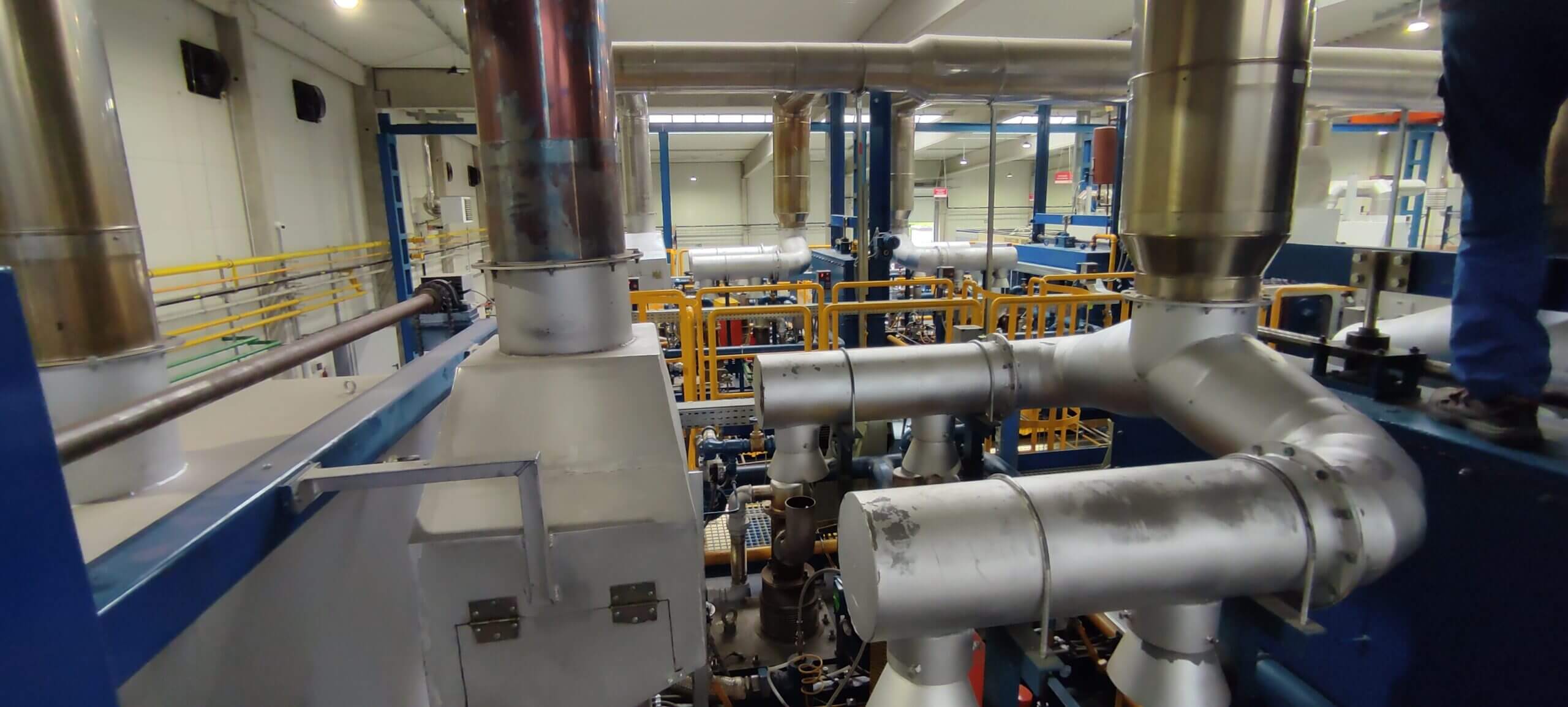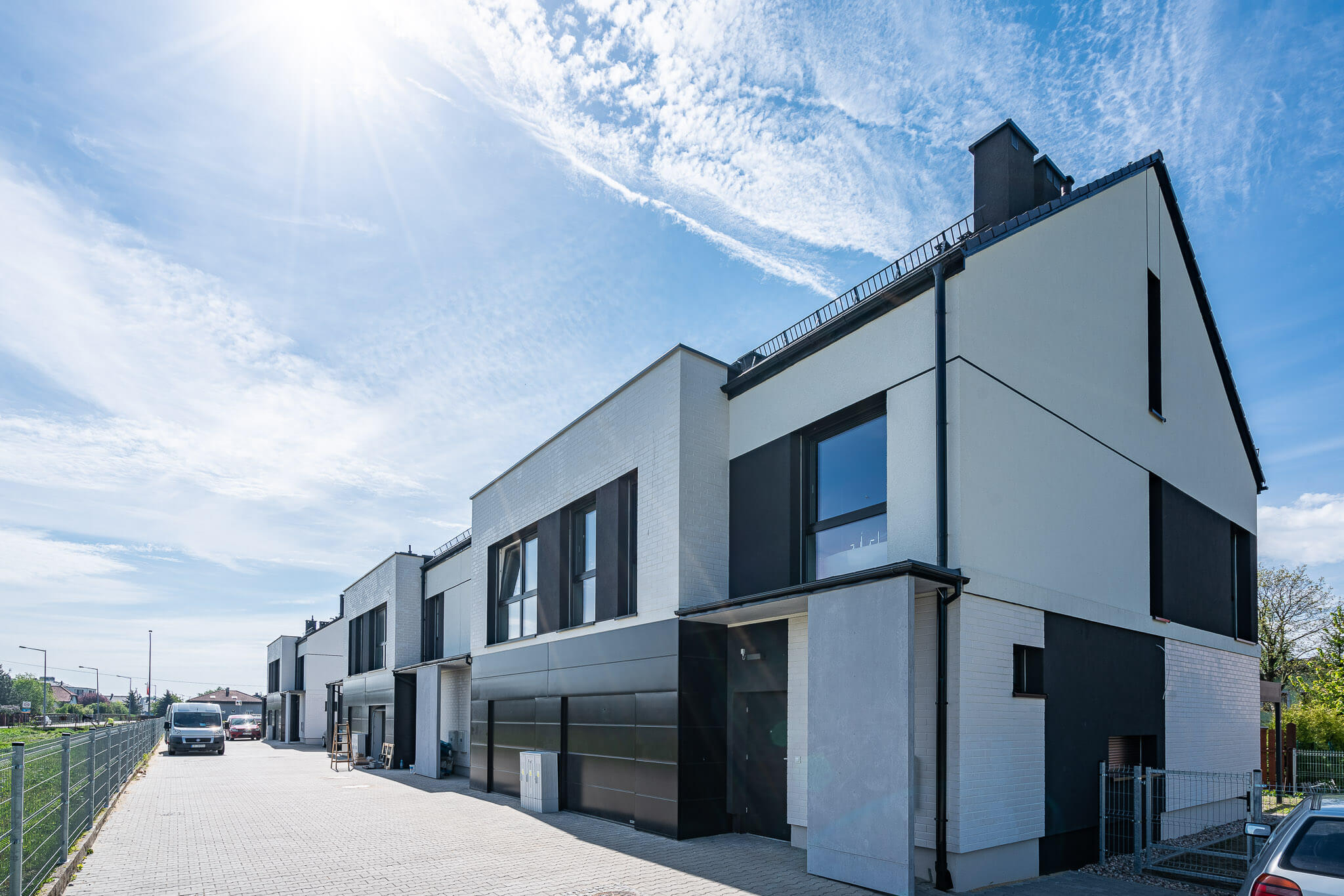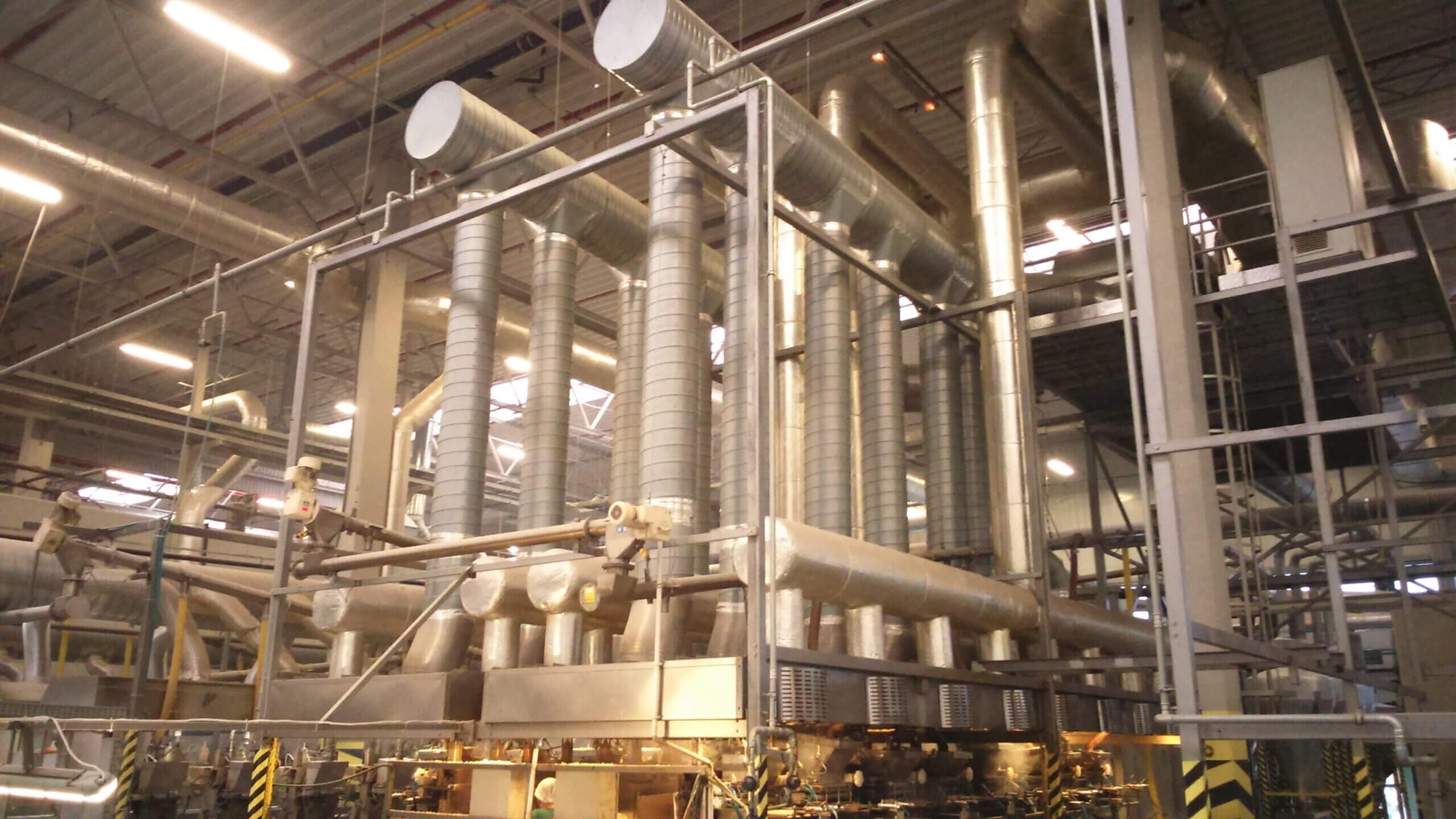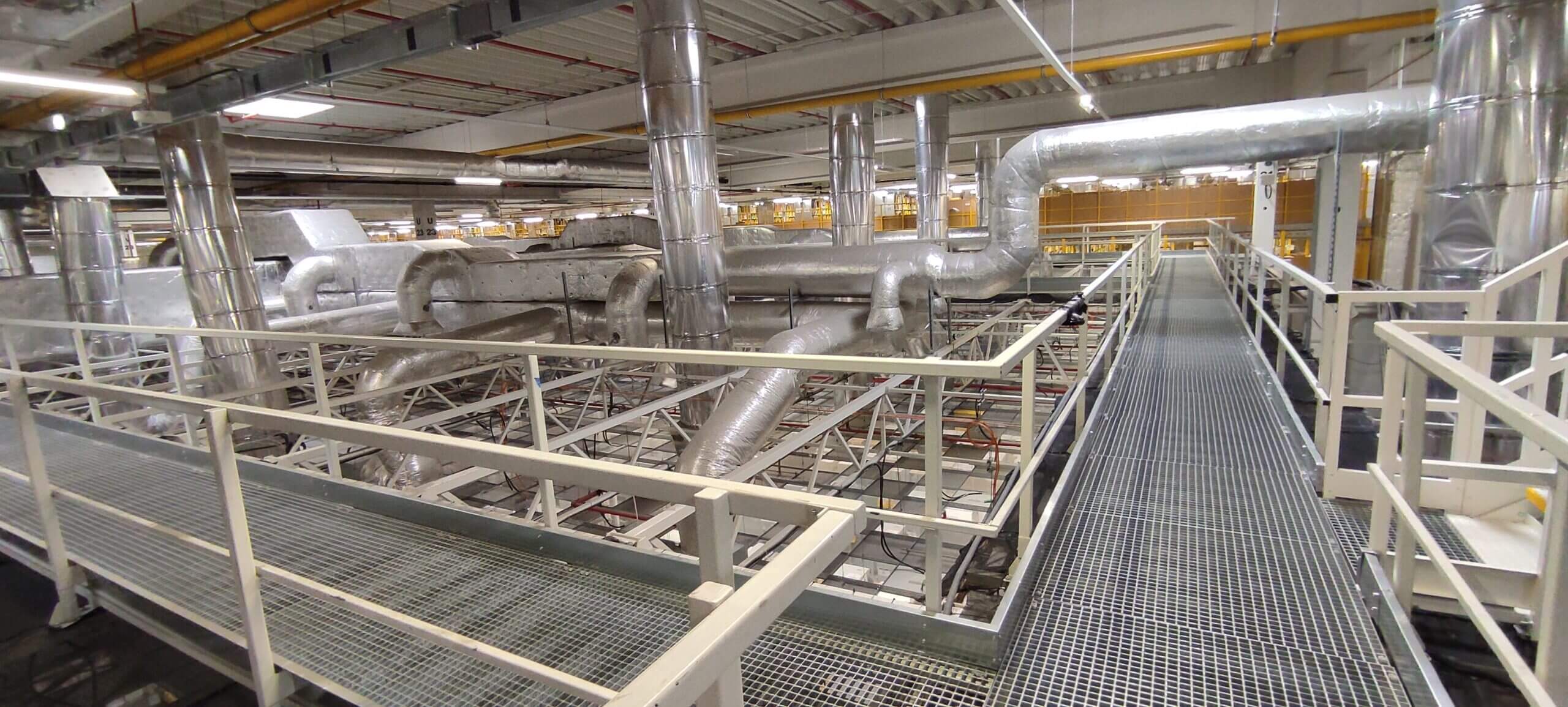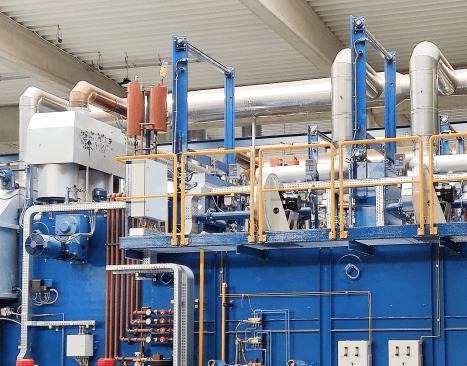Energy audits
We focus on delivering economical results right from the start by:
- Reviewing energy costs (utility contracts, bills, and usage)
- Benchmarking data against industry standards for your facility type
- Identifying potential energy savings through a thorough analysis of consumption sources
- Conducting detailed audits (Levels 1, 2, and 3) to dig deeper into specific areas
- Verifying and updating existing documentation (CAD 2D or 3D) when necessary
- Recommend and provide condition monitoring sensors and devices
- Organizing the entire improvement process, from planning to execution
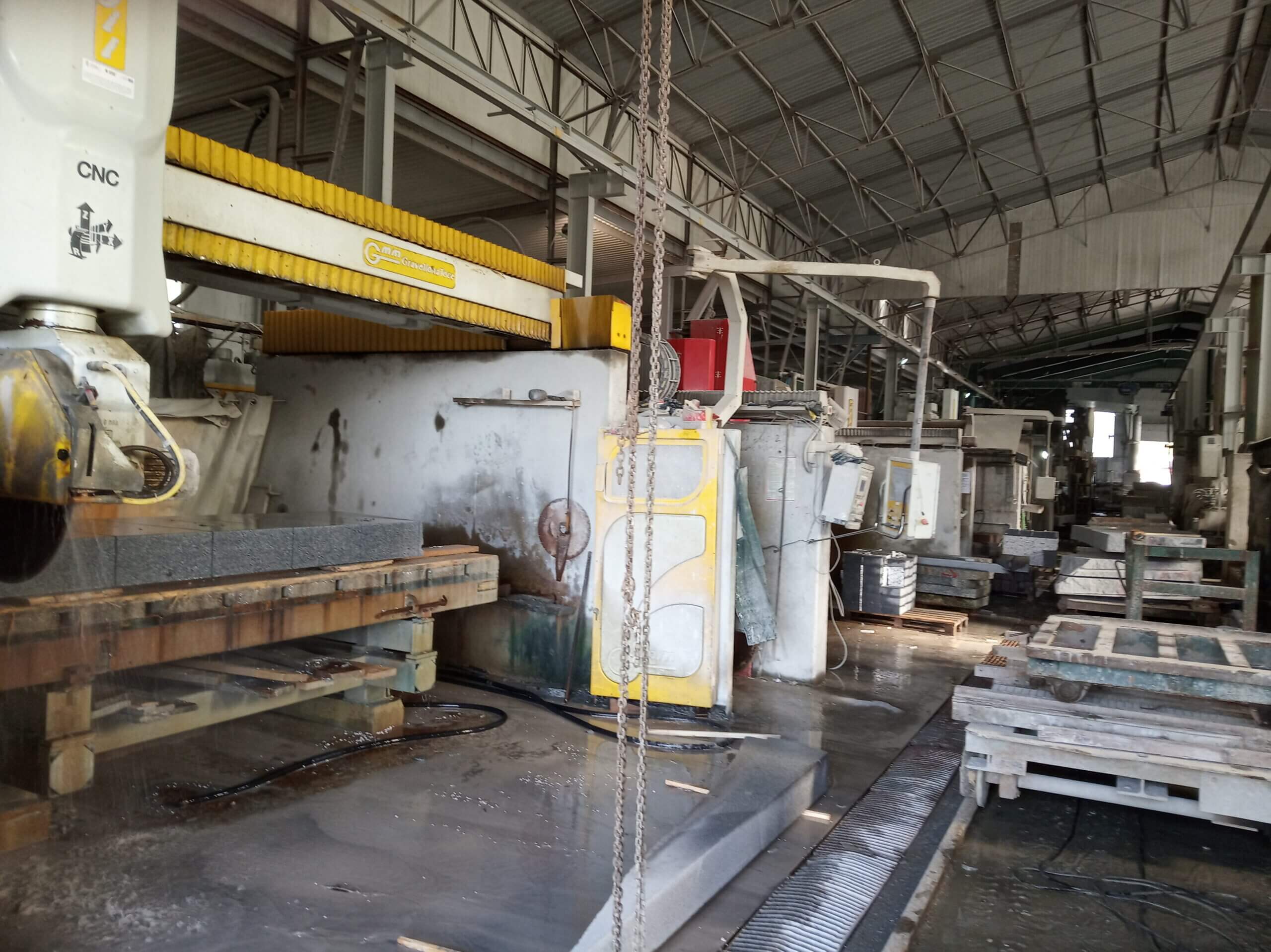
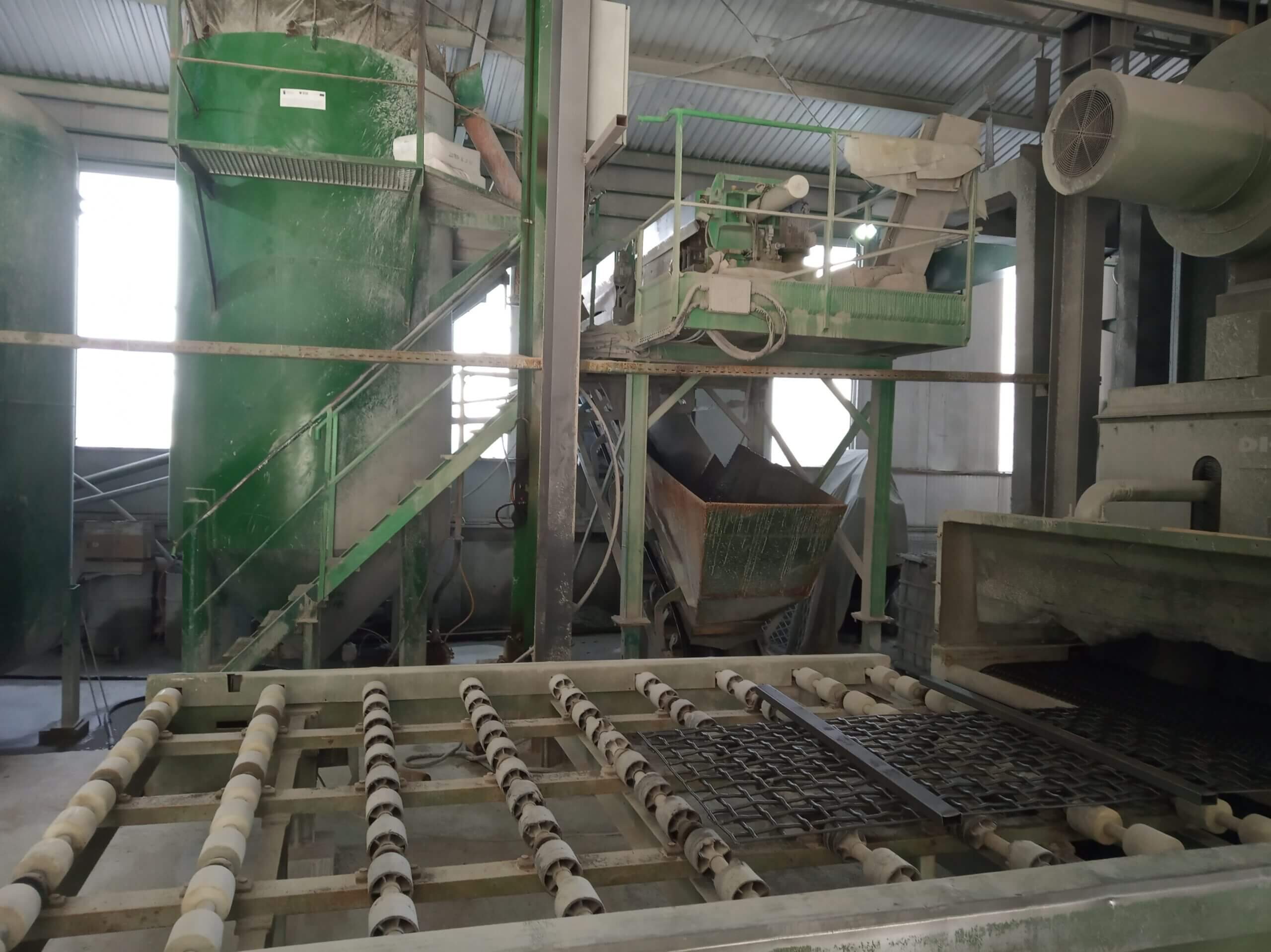
Energy Audit – how to start?
Our energy audit process
What is an energy audit level 1, 2, 3 ?
We are in compliance with ASHRAE (American Society of Heating, Refrigerating and Air-Conditioning Engineers) that is an organization that sets standards and guidelines for the HVAC industry. One of the notable initiatives by ASHRAE is the ASHRAE Energy Audit Standard, also known as ASHRAE Standard 211, which provides a framework for conducting energy audits in buildings. ASHRAE audits are comprehensive assessments of a building’s energy performance and efficiency. They aim to identify areas of energy waste, recommend energy-saving measures, and provide a roadmap for improving energy efficiency. ASHRAE audits follow specific requirements outlined in the ASHRAE Energy Audit Standard. ASHRAE Standard 211 classifies energy audits into three levels, known as ASHRAE Levels 1, 2, and 3. Each level corresponds to a different level of detail and complexity in the audit process.
ASHRAE Level 1 audit, also referred to as a walk-through audit, involves a preliminary assessment of the building’s energy use and identification of potential areas for improvement. This level focuses on gathering basic information about the building’s energy systems, such as lighting, HVAC, and insulation. It provides a high-level overview of energy-saving opportunities and a rough estimate of potential savings.
ASHRAE Level 2 audit, also known as a detailed energy audit, builds upon the Level 1 audit and involves a more thorough analysis. This level includes an in-depth review of energy consumption patterns, data collection, and analysis. It may require the installation of monitoring equipment to measure energy use over an extended period. A Level 2 audit provides a more accurate assessment of energy-saving opportunities, including detailed recommendations for efficiency improvements and estimated costs and savings.
ASHRAE Level 3 audit, also called a comprehensive energy audit, is the most detailed and rigorous level of assessment. This level typically involves engineering analysis, computer simulations, and detailed economic analysis of proposed energy-saving measures. A Level 3 audit provides the most accurate assessment of energy usage, savings potential, and payback periods for recommended energy conservation measures.
We are involved in:
- Building structure analysys of heat and cool loses
- Energy losses during HVAC and techlology processes
- Analysis of HVAC equipment and installations life cycle
- Lighting analysis
- Analysis of energy-consuming equipment and production lines
- Short term investment financing – EPC
- Long term investment financing – ESCO
After the audit… – execution
In the EPC formula after the Energy Audit we: procced the desing proces and the customer secures his own financing. After the investment ends we confirm previous assumptions about savings and we settle the contract with the customer.
In the ESCO formula after the Energy Audit we: procced the desing proces and secure the financing for the customer. After the investment ends we confirm previous assumptions about savings and we settle the contract partially with the customer and the company financing the investement.
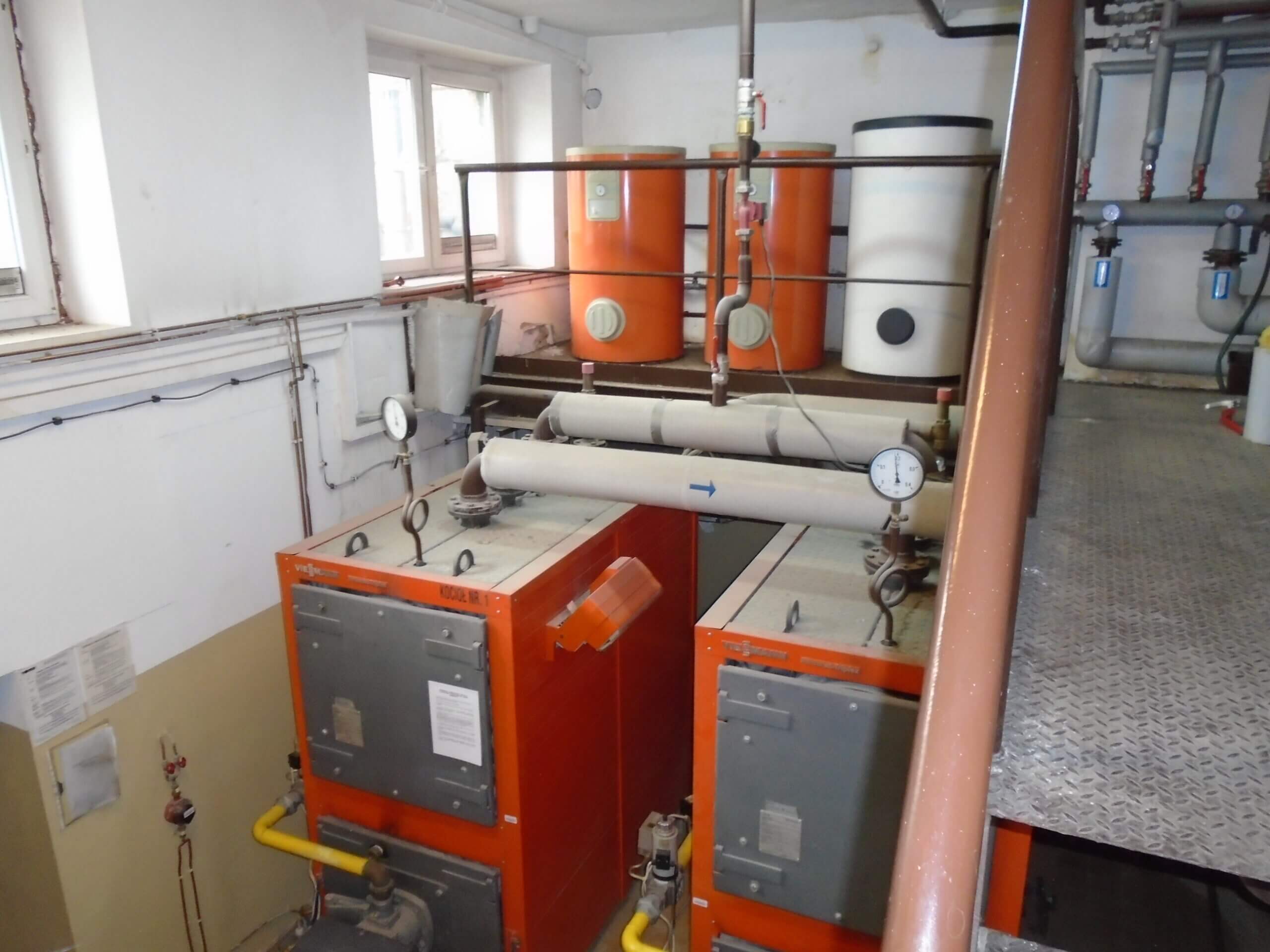
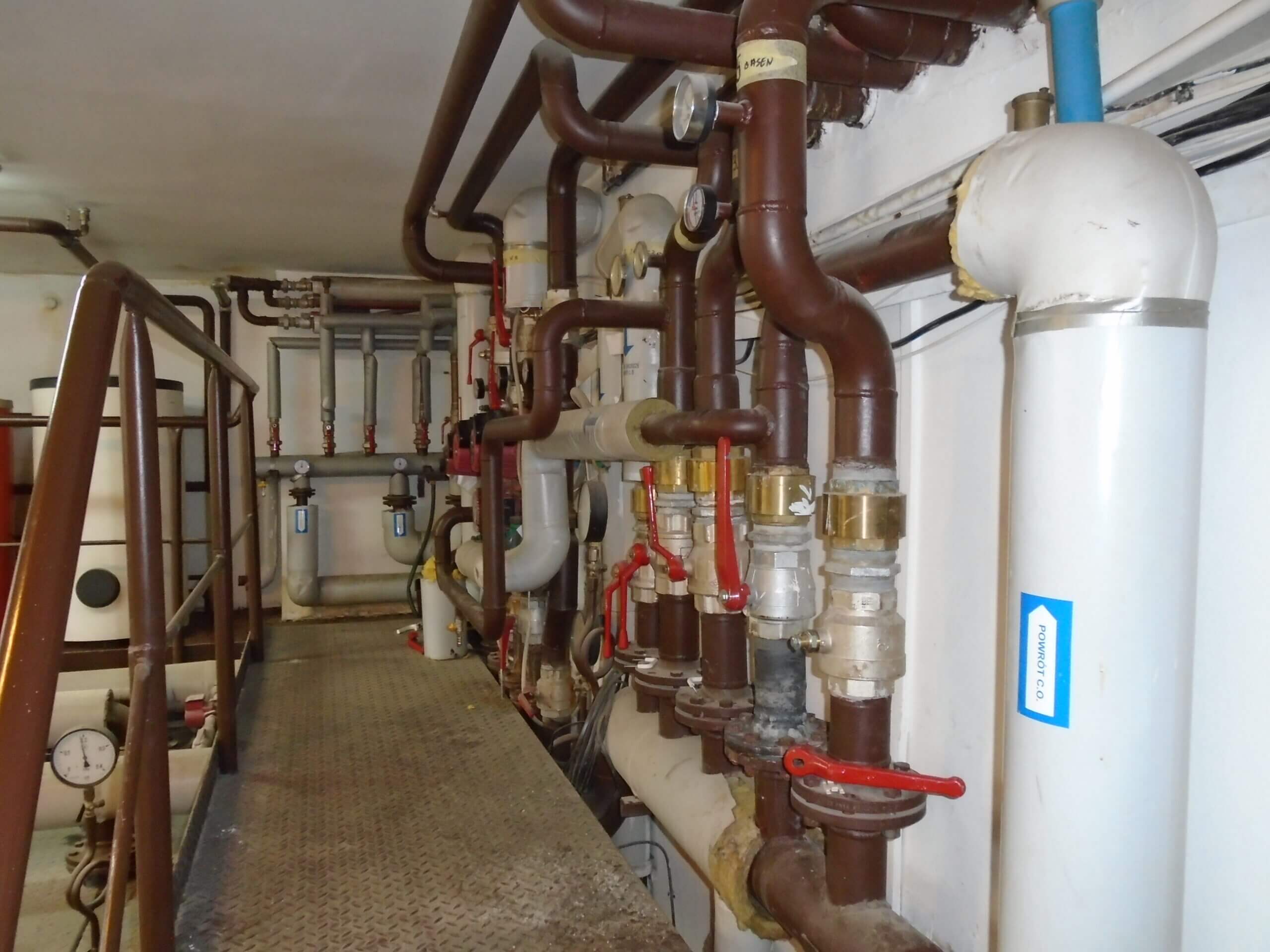


Examples of our work:
